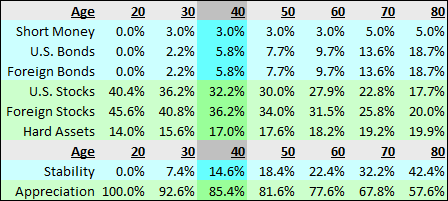Running_Man
Thinks s/he gets paid by the post
- Joined
- Sep 25, 2006
- Messages
- 2,844
Then what good is itAnd why are people talking like it IS a market timing tool?
Finally, what does it mean.... if it means the market is overvalued, then why not market time...
The timing is in a multiyear mode of overvaluation beginning to recede by Schiller PE hitting a peak and then falling from that peak once it has hit an extremely overvalued level or undervalued level. It works like housing pricing- throughout the 2000's prices stayed high for years, it was only once they began a little fall, which was thought to be minor and inconsequential that the selling picked up steam and eventually fell to levels that were a great value. People didn't sell their houses because they thought they were going to continue to gain value. Many instead just had to give their houses to the bank in the end.
Works the same with stocks, most investors do not market time with it since the overvaluation typically happens at end of a long bull market and investors are more fearful of missing a bull move than of buying properly valued stocks.

